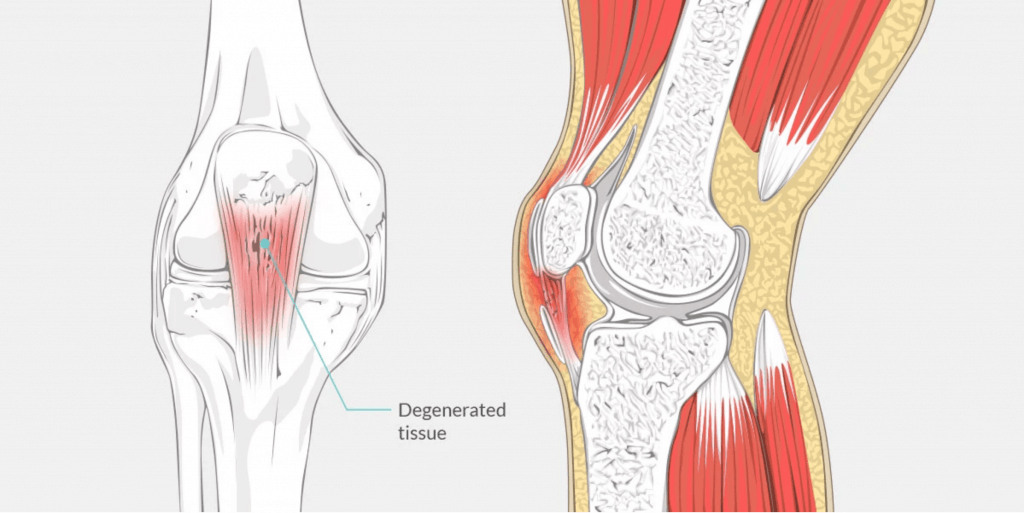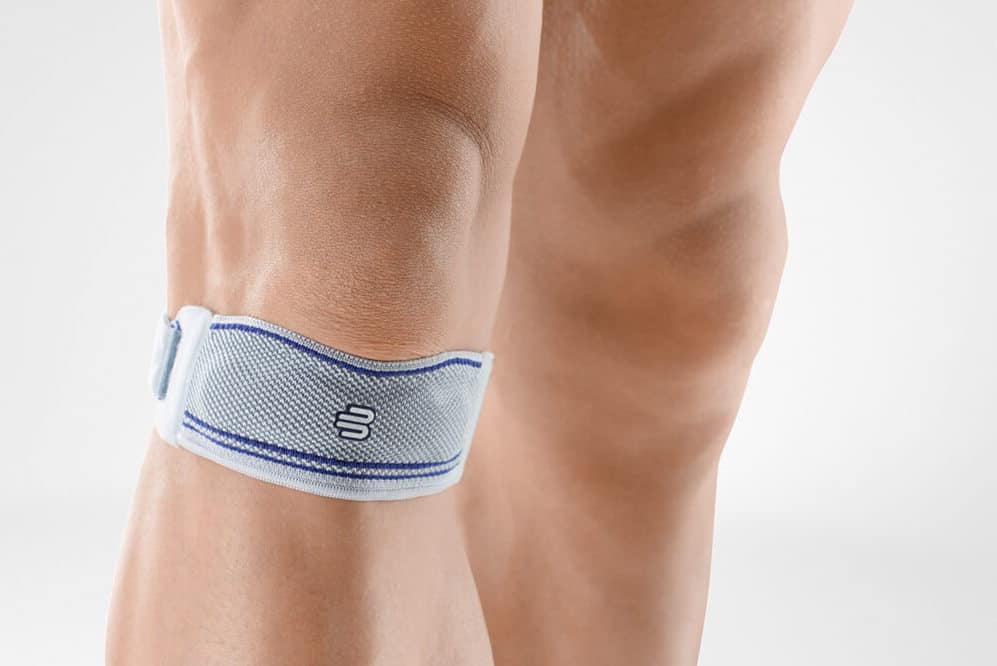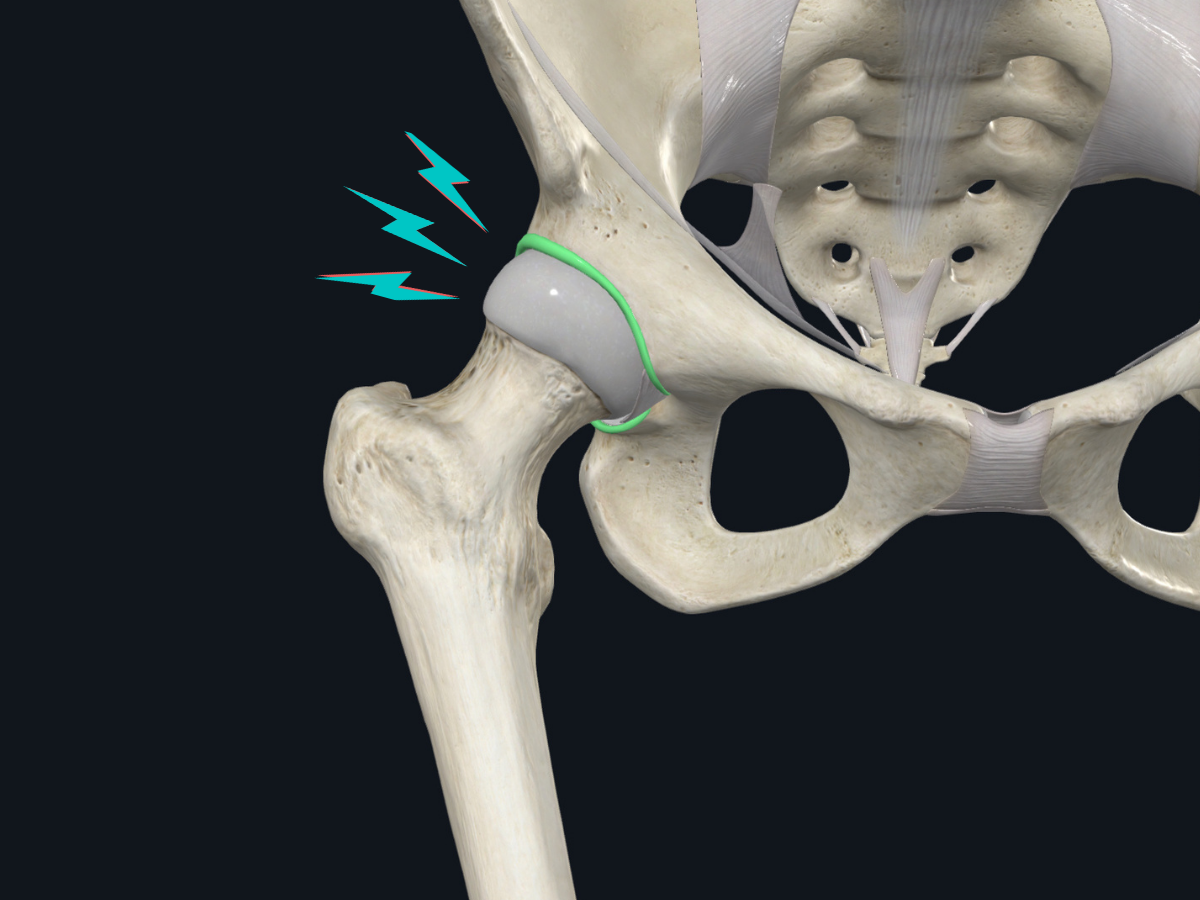
Other names:
- Patellar tendinitis
- Patellar tendinopathy
- Patellar tendinosis
What is jumper's knee?
- Pain and dysfunction of the patellar tendon (just below the kneecap)
- Usually caused by activities involving high energy storage and release of the tendon (e.g. jumping, quick changes in direction)
- Due to placing more load/stress on the tendon than it is capable of
- From a sudden increase in amount/type of activity or gradual overuse
What are the common symptoms of patellar tendonopathy?
- Gradual onset of pain
- Pain to touch the bottom of the kneecap
- Pain with jumping, squatting, running, going up and down stairs
- An increase in pain the day after lots of exercise
- If aggravated, pain with prolonged sitting
- Pain slowly resolves with rest, but returns with activity
- Decreased power or weakness around the knee
Do I need imaging?
- Imaging can be used to confirm a diagnosis of patellar tendinopathy, but is not always required
- Imaging is not helpful for determining the amount of pain or disability one will experience
- Tendon pathology (changes to tendons on imaging) is common to see on imaging in people who are pain-free
How can therapy help jumper's knee?
Assessment
- A review of your current training regimen and any recent changes
- Markerless motion capture movements to determine if any risk factors, or factors associated with patellar tendinopathy are present, including:
- Stiff quadriceps and/or hamstring muscles
- Reduced ankle dorsiflexion (flexing foot up towards knee)
- Altered landing strategies of the hip and knee
- Strength testing of the lower limb muscles:
- Patellar tendinopathy is actually associated with increased knee extensor (quadricep) strength, rather than s decrease or weakness
- Strength testing can determine a baseline starting point and any imbalances
- Determining a treatment plan based on your specific goals
Treatment
- Load management of the tendon:
- Reducing or modifying activities (reducing frequency, volume, and/or high-stress activities) to a point that the tendon can tolerate
- A progressive loading program to help the tendon adapt to the demands of your sports/lifestyle
- Pain relief exercises and advice
- Manual therapy and exercise to address any range of motion or strength deficits determined in the assessment
- Bracing to offload tendon

For a more detailed explanation on tendon pain and injuries, check out our tendon pain blog.
References
- https://bit.ly/2ErFlD0




.png)
